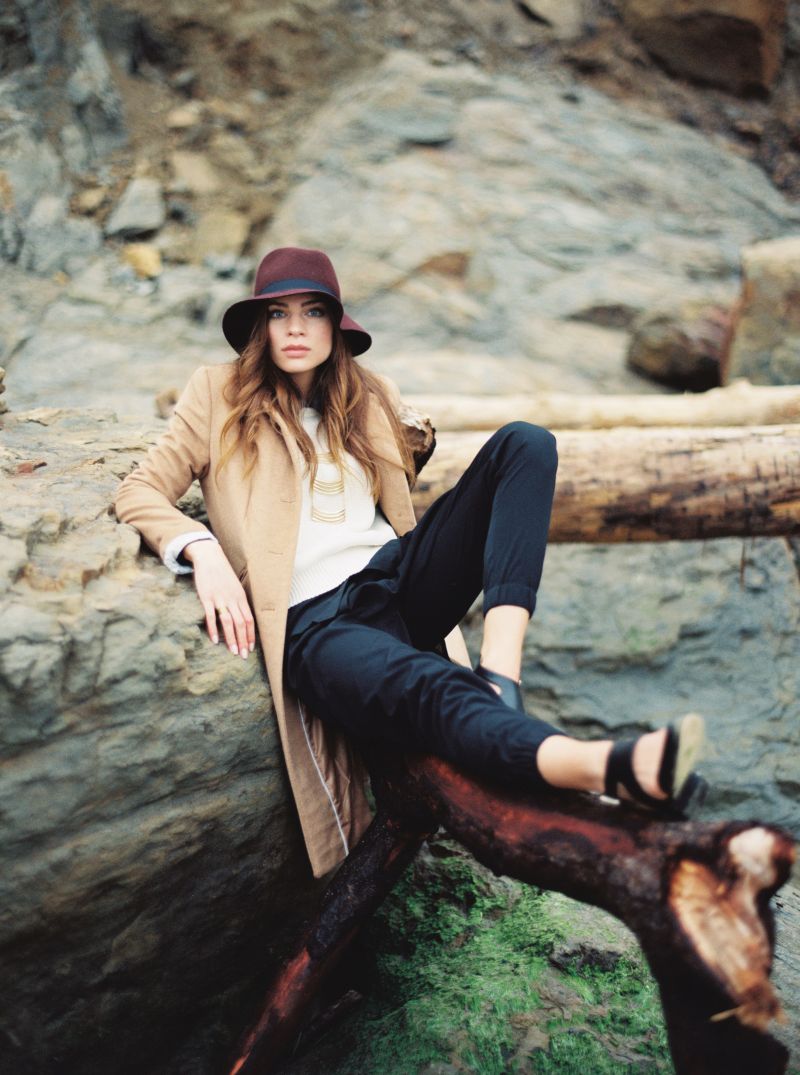
The first thing to think about when starting your film journey is what type of camera is right for you, from 35mm to medium format to the large format beasts. The beauty (and draw) of film is that you can choose from literally hundreds of different cameras, each unique and with its own personality. Because of the uniqueness of each camera, it can be easy to become a film camera junkie.
I have 13 working cameras and seven more that take a film I can no longer easily find. What can I say? I’m a sucker for the unique qualities each camera brings, not only to the photograph but also the experience. Since there are so many options (and much of it is a personal bias), I’m going to only address the most commonly used types in wedding and portrait photography, the 35mm and the medium format.

The 35mm Film Camera
35mm film cameras are some of the easiest to use and often the least expensive option. I usually recommend people starting out to go this route. They are easy to find, the film is usually cheaper, and often you can get one that takes your digital lenses. So Nikon peeps, you want to be on the lookout for an old F100 or F5. Canon folks, the EOS 3 or 1v is your jam. Yes, there are other camera choices, but these tend to be the most commonly used and easily found. These cameras use your current digital lenses and make shooting hybrid pretty easy. Shooting 35mm film gives you 36 shots, so it’s not as scary as going medium format and getting only 12-16 shots at a time. These cameras are generally fast, often use autofocus, and have decent in-camera metering. They feel much like your digital camera, so switching between your digital and film cameras at a wedding or portrait session is pretty simple.

Another type of 35mm camera is the rangefinder. This is not your regular 35mm camera. Rangefinders are usually smaller and much lighter. They can produce sharp, amazing images, if you know how to use them properly. Focusing is manual and a little tricky. You have dual images, and when the superimposed images line up with each other, you have achieved focus. It takes a little practice, but once you get the hang of it, you can focus super fast. Rangefinders are also different in the eyepiece. You don’t see through the lens. You look through an eyepiece at the top right, so your image isn’t exactly what you see. Remember those old disposable cameras you played with as a child? They are based on the same idea.
Rangefinders are amazing. On a wedding day, they can be nearly silent, making them ideal for getting ready or ceremonies in silent churches when you don’t want to have that shutter ruin the moment. However, my favorite use for the rangefinder is street photography. They are so light and easy to carry; these are my go-to cameras for travel! The mack daddy of the rangefinder line is the Leica M6. Older Leica models are amazing too, and you can get the deal of a lifetime with the Bessa if you know what to look for.

The Medium Format Film Camera
The workhorses of the wedding and portrait film community are the Medium Format cameras. Medium format cameras use 120 or 220 film. The negatives are larger than the 35mm negatives, thus giving the film a less grainy, more rich and polished look. The size of the negative will be determined by the actual camera, for instance. There are the 645s (the most commonly used MF cameras), 6×7, 6×6… all depending on the camera you use. See what I mean about it being hard not to have all the film cameras?
Let’s talk about the 645s. The negative will be in a 4.5×6 ratio format, which lends itself well to standard print sizes like the 5×7, 8×10, and 11×14. You will get 16 shots on 120 film and 32 shots on the now-extinct and hard to find 220 film.
The premier (and most expensive) MF camera is currently the Contax 645. It’s gorgeous, mostly because of the amazing Zeiss glass it uses. The 80mm lens is standard and generally what is used 90% of the time. That particular lens produces some of the best bokeh I’ve ever seen. Creamy, soft, buttery bokeh. It’s the most popular 645 camera mostly because many of the big name film photographers use it, but also because it just works. It’s a beautiful camera that, when you know how to use it, produces stunning images. There are other 645 options for more budget-minded photographers, though. The Pentax 645n is rapidly becoming a major contender in the 645 game, and the Mamiya 645 is another great option. Both are cheaper and do a great job. The Hasselblad H1 is also a great option and is the 645 version of the Hasselblad.

You also have your 6×6 medium format cameras. These square format cameras really appeal to photographers who prefer a more unique style and aesthetic. The earlier Hasselblads use Zeiss glass and are solid workhorses, but are pretty slow to focus and have limitations on max shutter speed. The Yashica Mat 124 is a cheaper twin reflex square format camera (around $350 or so) than the king of the twin reflex cameras… the Rolleiflex 2.8. This camera just sings. It is considerably more expensive, but worth its weight in gold.
Ultimately, you really can’t go wrong with any of these. It’s just about choosing which system is best for you and your budget and mastering it. So get out there, find an old film camera and start shooting!




Get Connected!